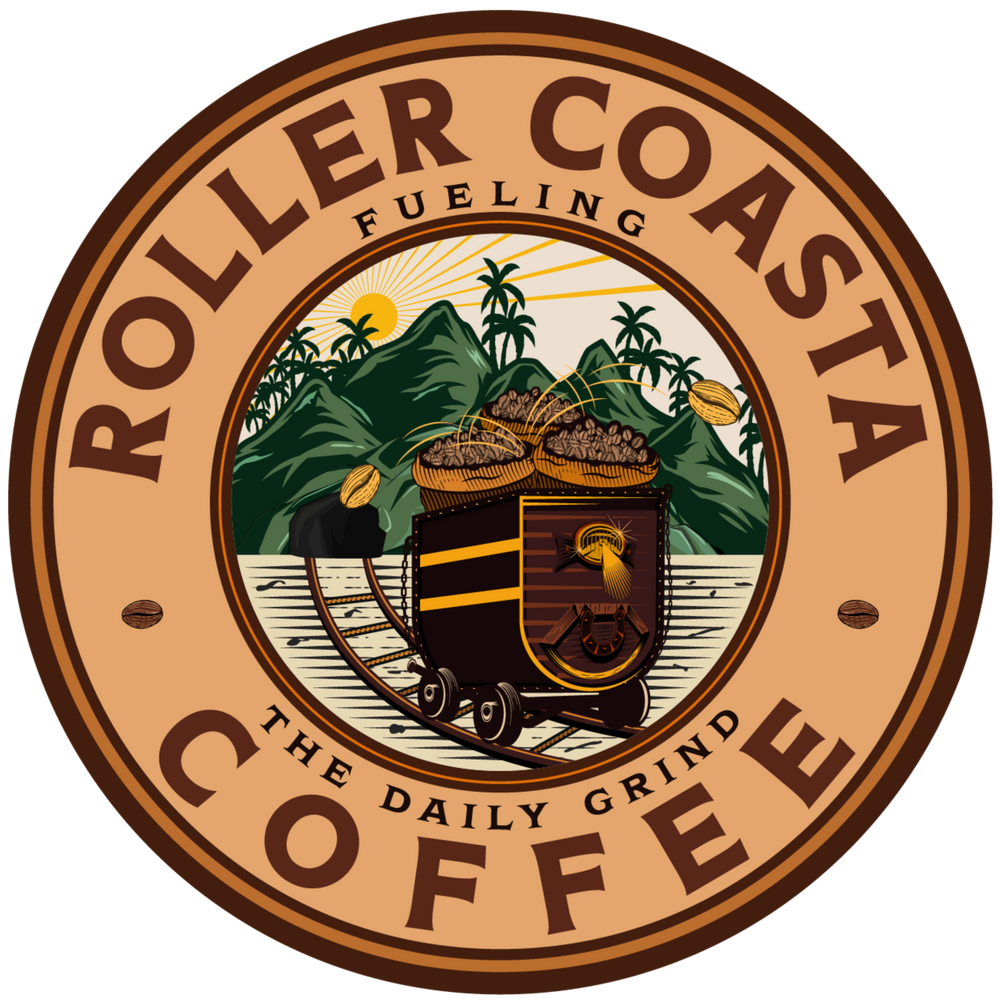
Colombia Supremo 17/18-Single Origin Roast
About The Source
Sourced From: Colombia
Elevation: 1300 to 1650 meters
Varietals: Caturra, Colombia, Typica, Castillo
Process: Fully Washed, Vertical Dryers
Harvest: September - January
Colombia Supremo 17/18 is sourced from small- to medium-sized family-owned farms located within the city of Pereira in the department of Risaralda, Colombia. Coffee is cultivated on farms that average about 2.5 hectares in size. Producers pick and process coffee at their own micro-wet mills and then dry their own coffee, typically on elevated tables inside solar dryers that provide protection from the nearly continuous rainy season.



Origin Profile: Colombia
Colombia is the second largest producer of Arabica coffee. Quality can range from classic breakfast blend coffees to exotic and wild microlots.


Overview
Production: 13.5 million 60-kilo bags
Primary Varieties: Castillo, Colombia, Caturra, Typica, Bourbon
Average Farm Size: 2 Hectares
Maximum Elevation: 5,750m (~19,000ft)
Notable Growing Regions: Huila, Narino, Antioquia, Cauca, Sierra Nevada
Harvest Season: March – June
Export Season: January – December
Geography
Colombia is in the Northwest corner of South America. It is the only country on this continent with coastlines on the Pacific Ocean and the Caribbean. The Andes Mountains run Northeast from Narino to Norte de Santander and split into three distinct chains or cordilleras: Occidental, Central, and Oriental. A majority of Colombia’s population lives on the slopes and in the valleys of the mountains.

The Occidental Cordillera is the lowest of the Colombian Andes. The Central Cordillera is the highest, reaching 5,750 masl, while the Oriental Cordillera is the widest. Between the ranges flows the Magdalena River, a key route for transporting goods.

Climate
Given Colombia’s equatorial location, temperature varies mainly by elevation rather than season. The country’s regions include Tierra Caliente (below 900masl), Tierra Templada (900–2000masl), Tierra Fria (2000–3000masl), and Paramos (mountain peaks). Farmers experience two wet and two dry seasons per year.
Growing Regions

The departments of Quindío, Risaralda, and Caldas have historically been the largest producers of coffee in Colombia. Recently, Huila, Narino, Tolima, and Antioquia have emerged as key regions, known for vibrant fruit notes, sweetness, and florality.
History
Coffee arrived with Jesuit priests in the 1730s, but Colombia began exporting in 1835. After periods of crisis and war, small farmers became the heart of the industry, with most farms under 2 hectares.

Typica and Caturra varieties dominate Colombian coffee. The FNC (Federación Nacional de Cafeteros), founded in 1927, supports farmers and research through Cenicafe, improving yields and developing leaf-rust-resistant varieties like Castillo.
Civil Unrest, Guerilla Warfare, and Impact

Guerilla warfare and coca farming impacted coffee production. The 2016 peace deal between FARC and the Colombian government aimed to replace coca with coffee, offering subsidies and support programs. Global brands have partnered with farmers to ensure income stability and sustainable coffee growth.

The peace process has improved safety and access for investment and trade, creating new opportunities for Colombia’s coffee farmers and strengthening the future of its coffee industry.

